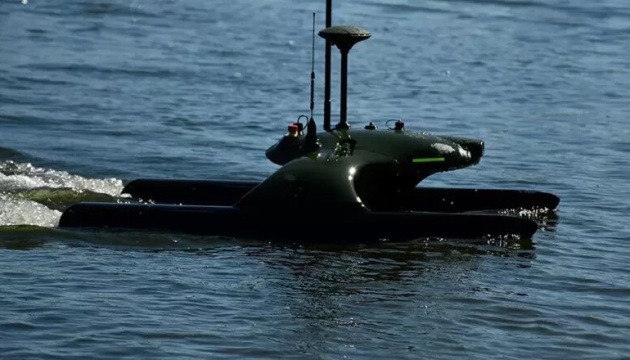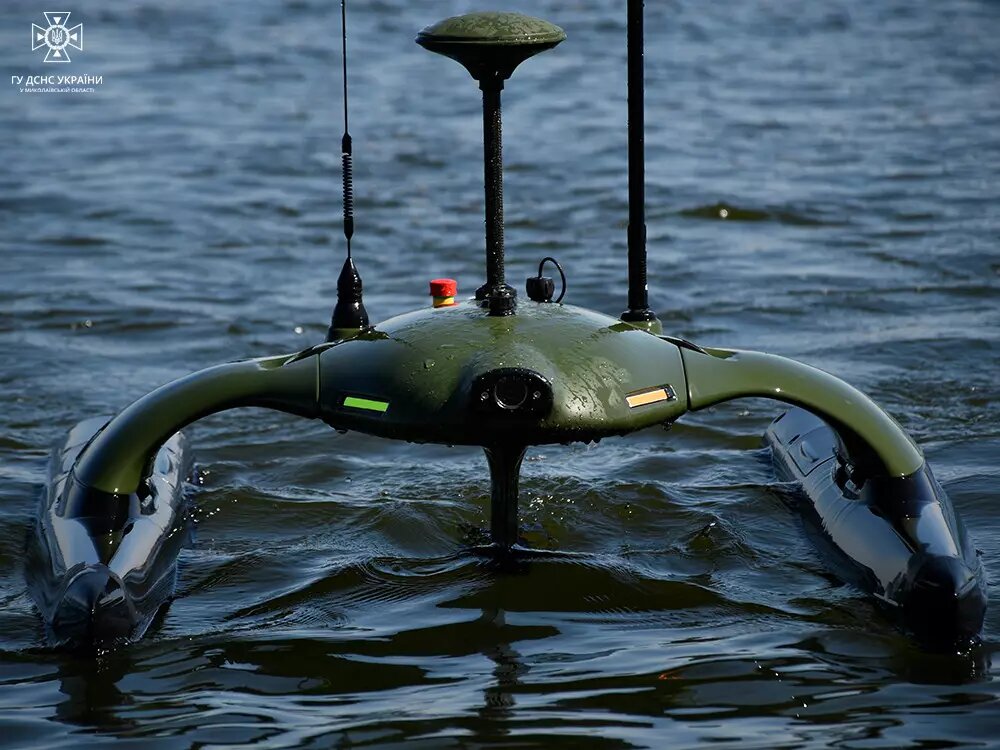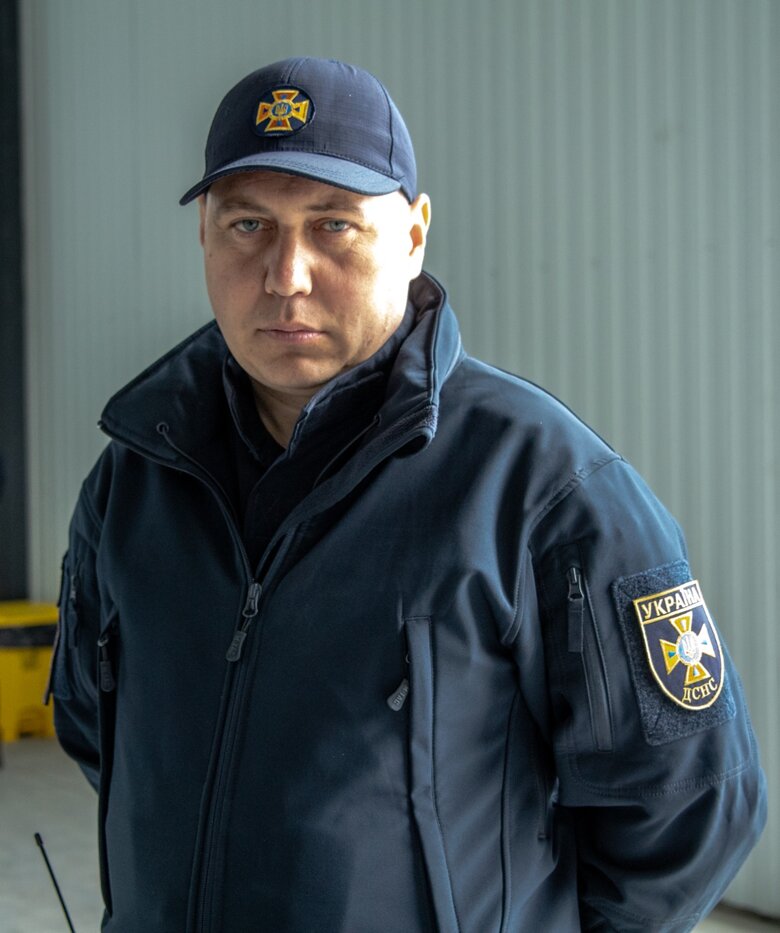To keep rivers safe: how modern technology helps rescuers
- June 19, 2023
- 0
Drones work for divers, both from the air and underwater – a pity, there are still not enough of such devices in the State Emergency Service An hour’s
Drones work for divers, both from the air and underwater – a pity, there are still not enough of such devices in the State Emergency Service An hour’s

An hour’s drive from the Zhytomyrska metro station – my colleagues and I are in the village of Lypivka, Makariv district. A comfortable shuttle bus stops by the river. It’s warm and sunny outside, the blue water shimmers in the rays, the environment is green, the thought comes to mind: “Is this water suitable for the holiday season?”
However, the poetic picture is quickly replaced by the harsh reality – you just need to look around: this is not a romantic gondola spinning on the surface of the water, but an inflatable boat with a large number of equipment and people in special uniforms and on it. It’s not a buzzing insect, it’s a drone. And the coastal zone is divided by a red and white ribbon.
People in yellow vests are State Emergency Service workers using modern equipment to search for explosives in about 4 hectares of Pochepin River. In March 2022, the Russians tried to blow up the bridge across this river. He survived, but remained in the n-number of “surprises” scattered around the waters of Pochepin.
Using the Pochepin River as an example, the experts of the State Emergency Service showed how they detected, retrieved and transported explosive objects waiting for Ukrainians in water bodies.

PEOPLE+DRONES
We have just arrived in the village of Lypivka and the underwater demining units of the State Emergency Service are working. Working days started at 8 am. But not only people work: above the water column, shells, mines, grenades, etc. The body of the SONOBOT drone is visible, scanning the bottom for its presence. Meanwhile, the operator sitting in the tent receives data from his assistant.
“The surface plane is equipped with an angle-sight scanner. A picture of the depth and objects at the bottom of the reservoir is displayed on the screen of my laptop. I can detect some suspicious objects – round or elongated shaped. Deputy head of the underwater demining group of the Mobile Rescue Emergency Response Center of the State Emergency Service. “And we study such places in detail,” he explains. Vadim Derimov.

SONOBOT can find ammunition at the bottom of reservoirs within a radius of 70 m and at a depth of up to 20 m. These drones came to Ukraine from Germany as humanitarian aid. Currently, 5 such machines are in service with the State Emergency Service. But rescuers need much more devices. In particular, the head of the special affairs department of the Rapid Response Mobile Rescue Center of the State Emergency Service of Ukraine Yuri Tsykenyuk ideally there should be at least one SONOBOT per dive unit. And in Ukraine there are 26 such branches.
Working alongside SONOBOT is its underwater brother, the FIFISH drone. It is small in size, elliptical and has four propellers that allow it to move in all directions in the water. Unlike the first drone, FIFISH has a few wires that come to the surface as the smartphone is connected to the operator’s control panel, similar to a game controller with a stand. This device is equipped with a front camera that broadcasts an underwater image online to its operator.
Identifying “trouble” points with the help of modern equipment saves divers time, who continue to do a significant part of the job: it’s the experts who lift explosive objects. In a rubber dinghy, three experts await a cue from their ground counterparts. Object found – one diver dives, two secure it, maintain communication with the swimmer using equipment and conditional signals.
While the press was talking to the experts, the words “a hand-made explosive device was detected” and “two more hand-made ammunition were detected” are heard from time to time on the radios of the rescuers. During a 4-hour operation on a small slope of the river, drone operators discovered 3 100-mm artillery shells and a grenade from Russian guns or BMPs. Each signal – and divers dive into the drone position, check the object, retrieve it and transfer it to the sorting platform located next to the mine sweeper. Then, with the help of a crane, the finds are hidden inside the armored body of the special vehicle. They went to the landfill where they were to be eliminated.
Experts point out that today’s work is still a very small part of what needs to be done: Ukraine’s 13.5 thousand km² of water area is thought to be contaminated with explosive objects. Rescuers are in no hurry to estimate how long it will take to completely clear Ukrainian waters.
It is impossible to predict the actual pollution of the water area, they say, therefore all rivers, lakes, seas and ponds in Ukraine are considered contaminated with explosive objects. “When the territories are occupied, it will become clear where the positions of the Russian troops are, where the hostilities take place,” explains the deputy head of the department for the organization of pyrotechnic affairs. Mykola Didyk.
Svitlana Trubber
First photo: DSNS
Source: Ukrinform
As an experienced journalist and author, Mary has been reporting on the latest news and trends for over 5 years. With a passion for uncovering the stories behind the headlines, Mary has earned a reputation as a trusted voice in the world of journalism. Her writing style is insightful, engaging and thought-provoking, as she takes a deep dive into the most pressing issues of our time.